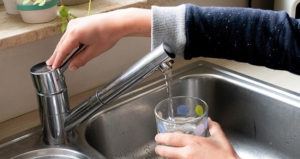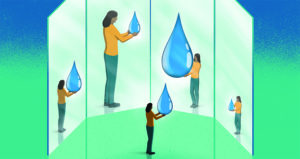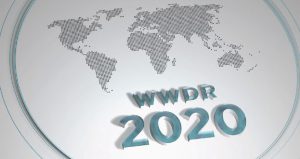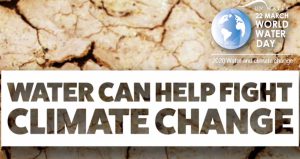OECD publishes guide to unlock commercial finance for water and sanitation
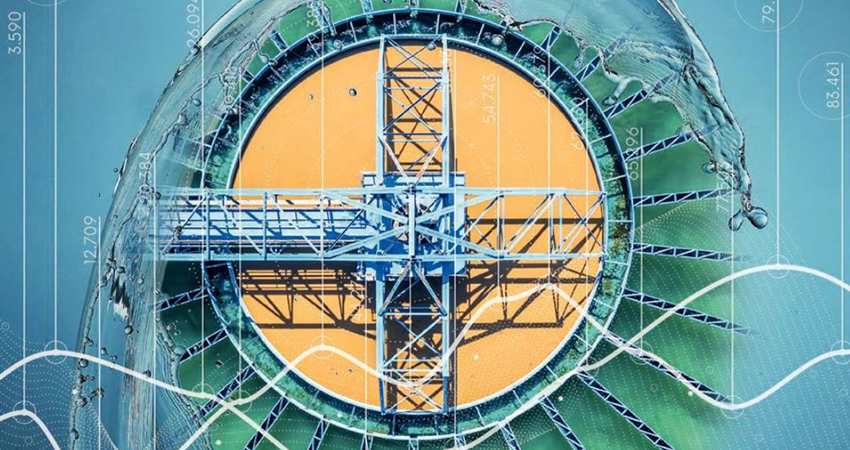
-
 Esther Rasenberg
Esther Rasenberg
Share article:
Investments of the private sector in water and sanitation services have been limited so far. The Organization for Economic Cooperation and Development (OECD) states in a recent report a mix of public and private finance should play a crucial role to fill in current investment gaps in developing countries. One of the recommendations is to include guarantees, like credit risk and political risk guarantees, to mobilise commercial investors.
Investments in water and sanitation are a prerequisite to deliver on Sustainable Development Goal (SDG) number 6; drinking water and sanitation for everyone. The report investigates the possibilities of commercial investments and provides insights into several subsectors. It is focusing on water and sanitation utilities, small-scale off-grid sanitation, multi-purpose water infrastructure and landscape-based approaches.
Different stages
According to the OECD blended models to finance water and sanitation utilities have proven to be an appropriate tool for creditworthy or near creditworthy utilities. In contrast with off-grid sanitation where commercial finance has yet to emerge. For multi-purpose water infrastructure blended finance models are an established financing instrument. And for landscape-based approaches blended finance can potentially operate as a fit-for-purpose financing instrument, but developments in practice remain at a very early stage.
World health in jeopardy
During the World Water Week in Stockholm two other world organizations addressed the investment gap in water and sanitation. The World Health Organization (WHO) and UN-Water sounded the alarm for an urgent increase in investment in strong drinking-water and sanitation systems. The UN-Water Global Assessment and Analysis of Sanitation and Drinking-Water 2019 (known as the GLAAS report) reveals that weak government systems and a lack of human resources and funds are jeopardizing the delivery of water and sanitation services in the world’s poorest countries – and undermining efforts to ensure health for all.
Funding gaps
The GLAAS-report surveyed 115 countries and territories, representing 4.5 billion people. It showed that, in an overwhelming majority of countries, the implementation of water, sanitation and hygiene policies and plans is constrained by inadequate human and financial resources. Nineteen countries and one territory reported a funding gap of more than 60% between identified needs and available funding. Less than 15% of countries have the financial or human resources needed to implement their plans.




